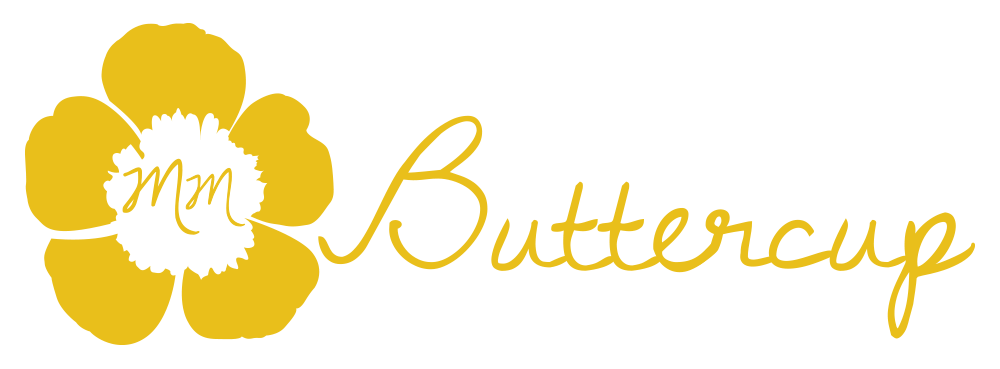My husband and I are friends with another couple who are foodies. We are not. My husband is a telephone-chef, and I am an experimental cook who cannot follow a recipe to save her life. We enjoy hanging out with our friends and have learned a lot about their hobby.
One weekend, in the cold of winter, we took a drive up to Hyde Park to take a cooking class at the Culinary Institute of America (CIA). Vassar College and President Franklin D. Roosevelt’s home and presidential library are in this area too, as well as the Morse Code Museum. It is worth a trip to see the Hudson and this gorgeous part of New York.
The CIA weekend classes are offered to non-chefs, or the home cook. There is a separate more intense educational program for serious students. The weekend classes have different topics than the regular CIA curriculum. For example, my husband and I took the Soups for All Seasons class where everyone in the course made soup.
The soup class started in a traditional classroom with desks and chairs. Chef Paul DelleRose gave us a packet of written materials, along with a CIA cookbook. He explained cooking concepts. We took notes! He wrote on the chalkboard. We took notes! He provided us with direct instruction on how to use the equipment, materials, ingredients, and read a recipe. We took notes! Chef took a sip of tea and we all took notes!
Chef gave all students a CIA apron, we washed our hands, and then we were ready to cook. Chef and the opening pages of the cookbook say that what happens prior to cooking is the most important stage of the process. This is not unlike teaching where environmental planning is an essential stage.
Chef Paul and his assistant helped each student in the class with their soups. When we were done cooking, we poured the soups into little sample cups. Everyone in the class got to taste 16 different soups. When the class was done, we met up with all the other CIA weekend classes in a big banquet hall for a delectable feast prepared by the CIA staff. We also got to sample cured meats the Charcuterie class made. We sat with our friends and compared notes on our two classes.
They went to an advanced gourmet class and made a savory meal plus a dessert. The cooking environment between our classes were standard. They had ovens, sinks, knives, pots, and pans just like we did.
The one thing that was different between the basic soup class and advanced gourmet class was how the environment was used. Members in the advanced class were sophisticated in how they cooked in their kitchen space. When they cut meat with a knife they cleaned and returned it to where it belongs. When they used a colander to drain liquid, it was returned to its home on a shelf. When they were done using their food prep space, they cleaned it and got it ready for the next steps of the recipe they were making.
In my entry-level soup class, everyone’s kitchen space looked like a tornado hit. Messy! The French expression mise en place translates into “everything in its place.” Chef Paul went over this concept in the classroom before we entered our kitchens to make soup. But, apparently none of us got it. I wonder if Chef felt like saying, "Unless you clean up this pig sty... NO SOUP FOR YOU!"
Mise en place is harder than it would seem to actually apply in a kitchen when you are learning a new way of cooking. An efficient kitchen and classroom has everything in its place. When an environment is organized it runs smoother and safer.
Intentional environmental planning can be observed in preschools where teachers implement a protocol of visually organizing the classroom. The use of pictures, icons, and visual summaries help students become independent in their setting. For instance, bins have pictures on them so children know where to return classroom materials when they are done. This helps children who are not reading words yet or have a disability, because they can understand the visual information.
Teachers use intentional arrangement of the environment to set students up for success. Parents organize space in ways that are conducive to the needs of their family. Take note, to have a "Chicken Soup for the Soul" experience with kids implement mise en place.
Fink, B., & Culinary Institute of America (2009). The Culinary Institute of America's new book of soups (2nd ed). New York: Lebhar-Friedman Books.

